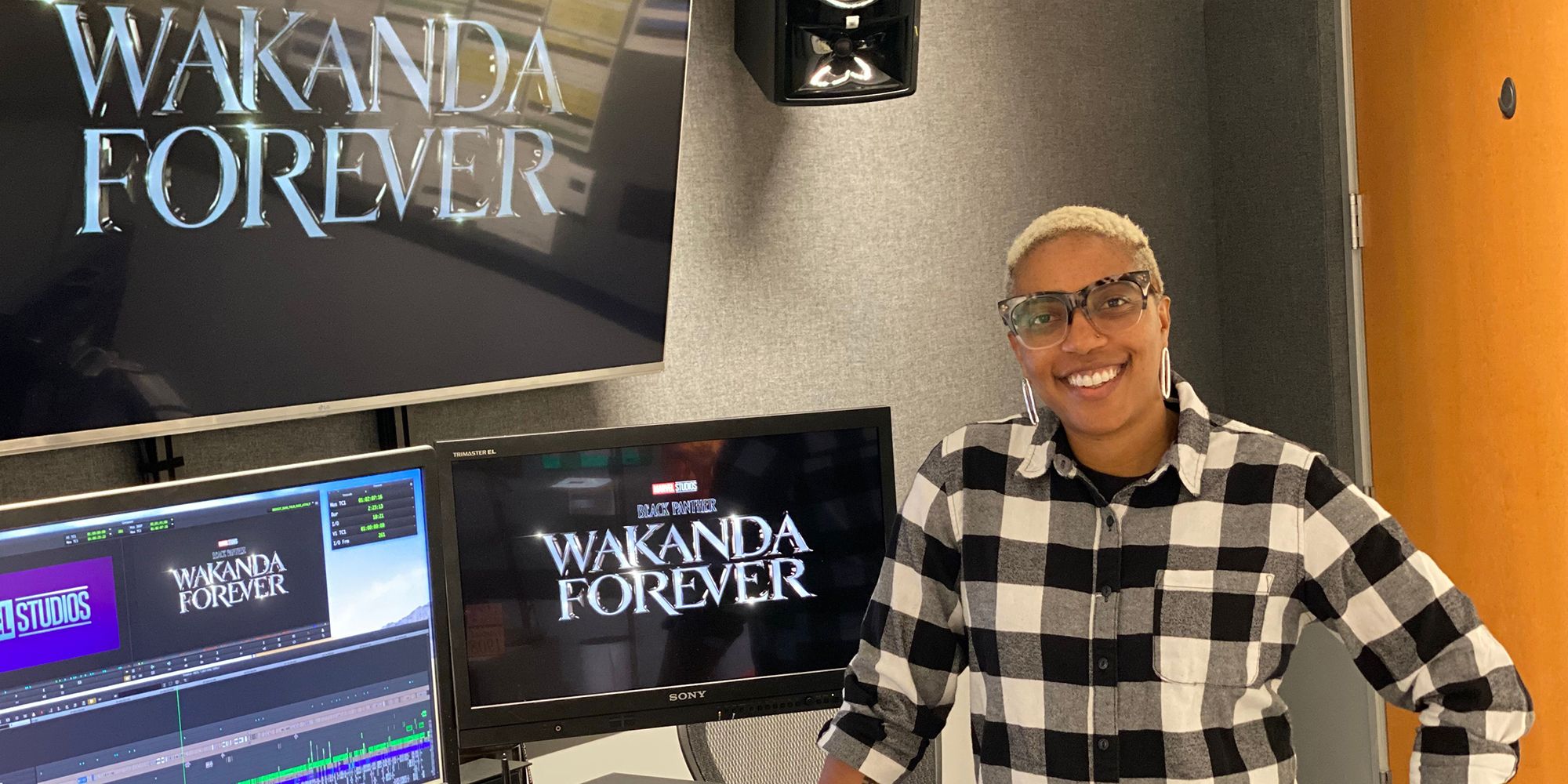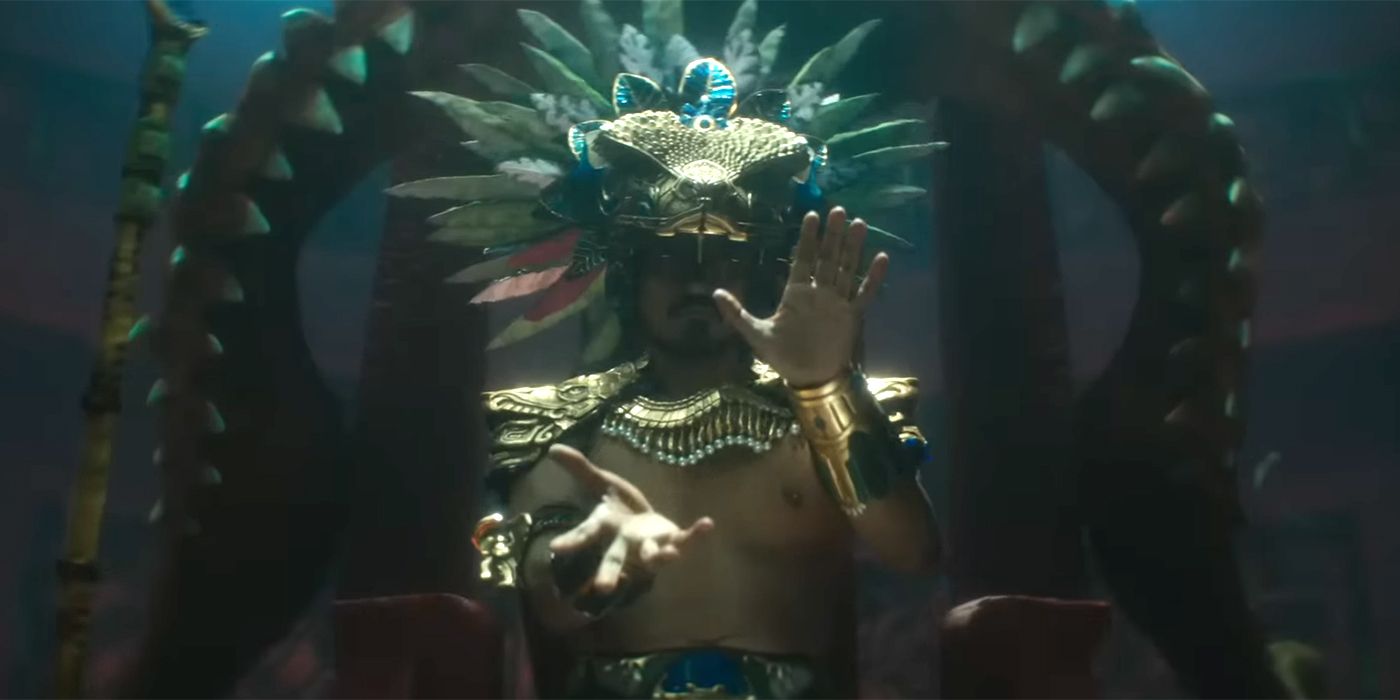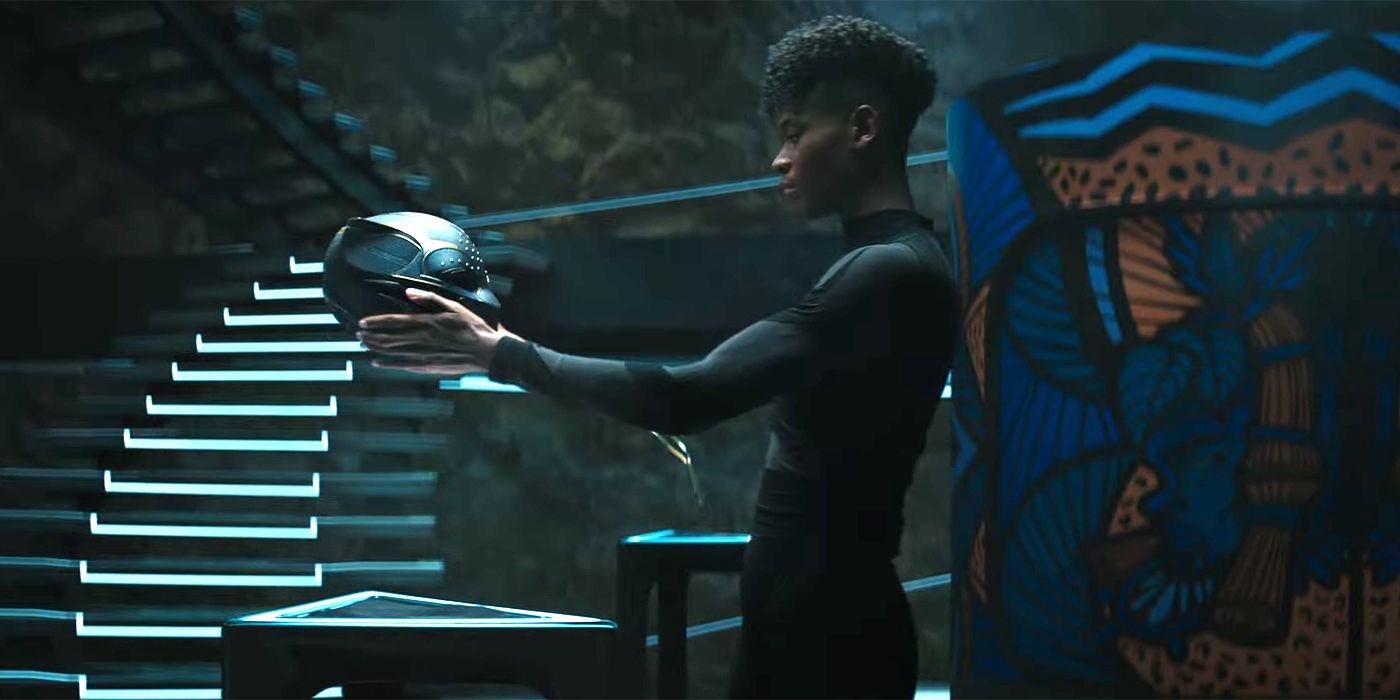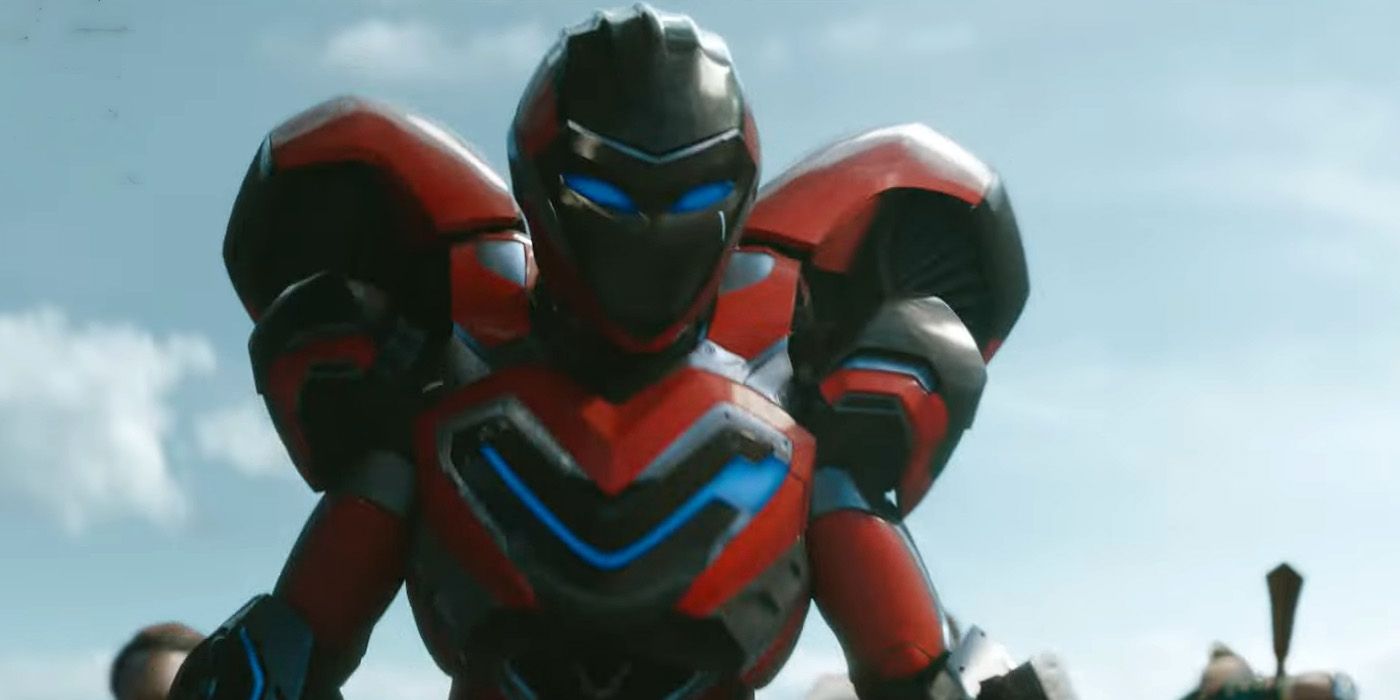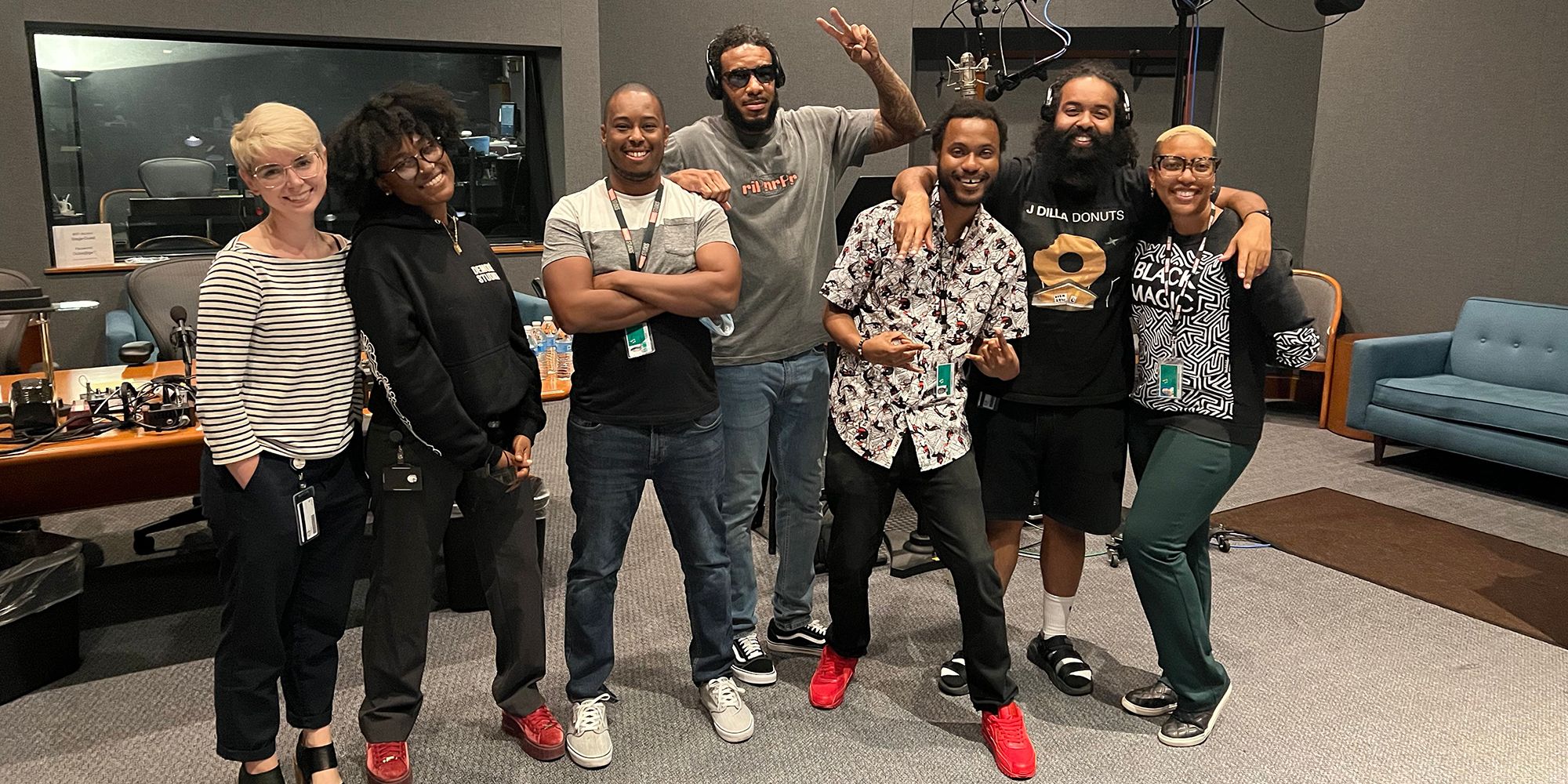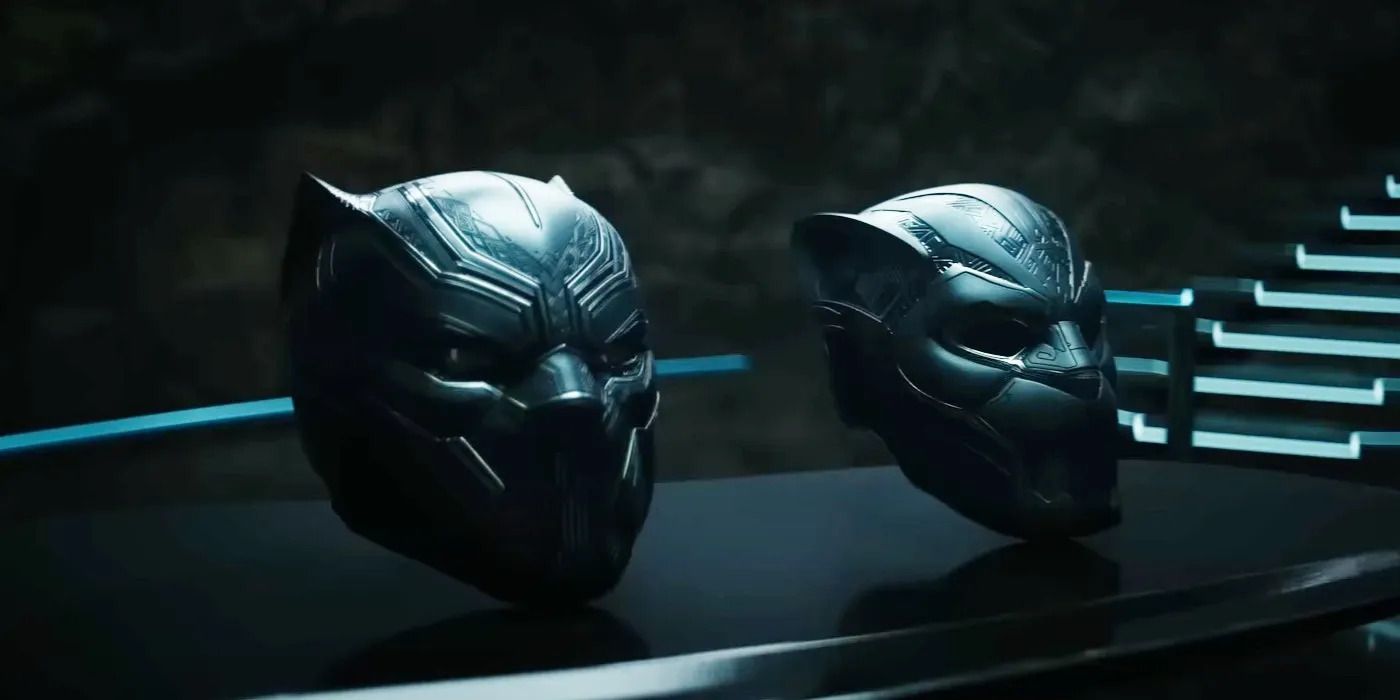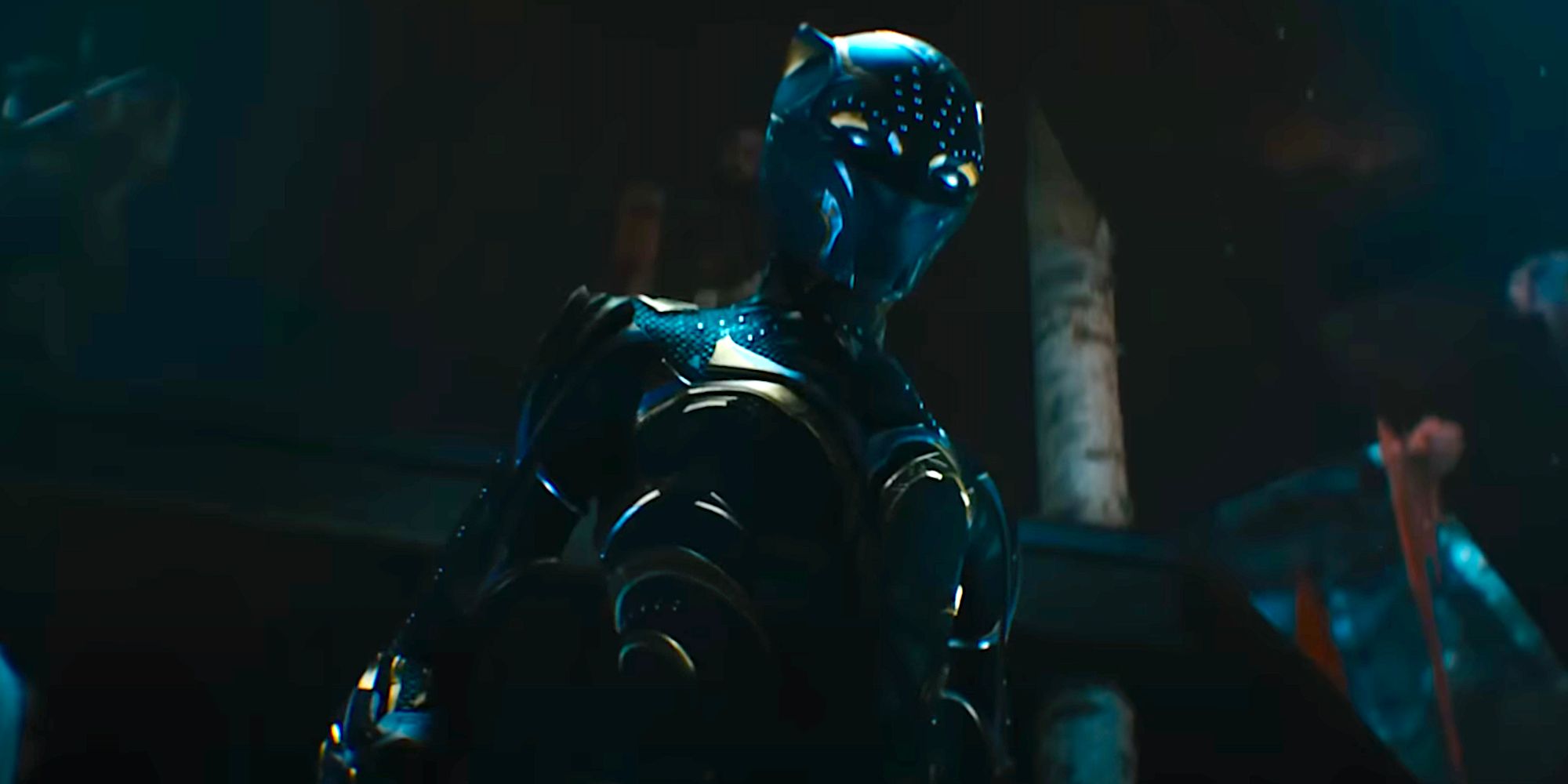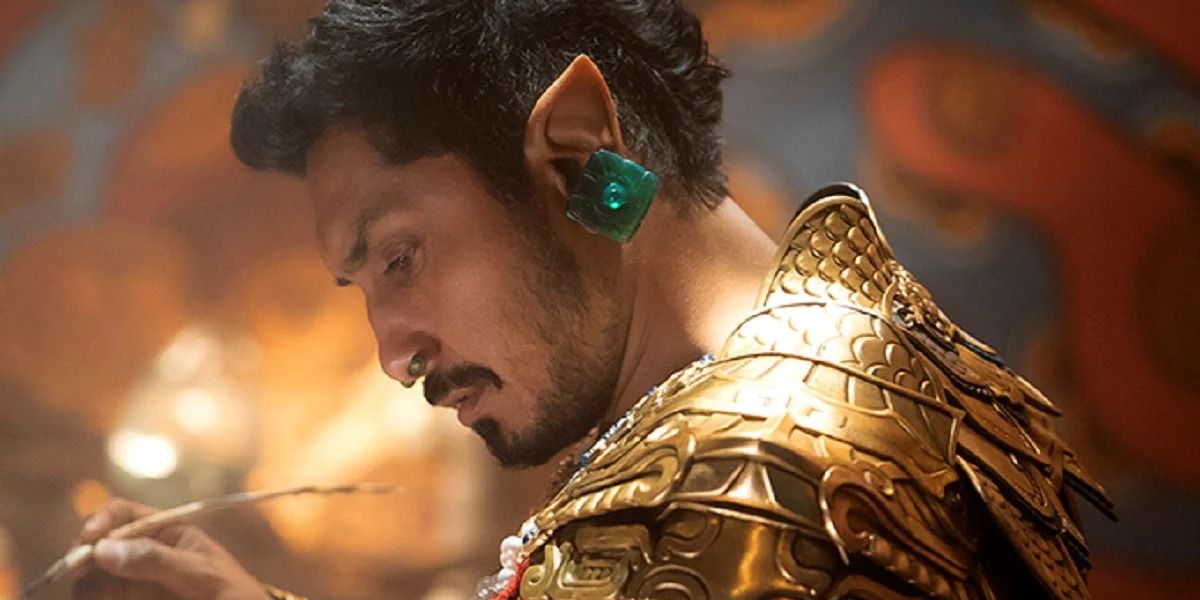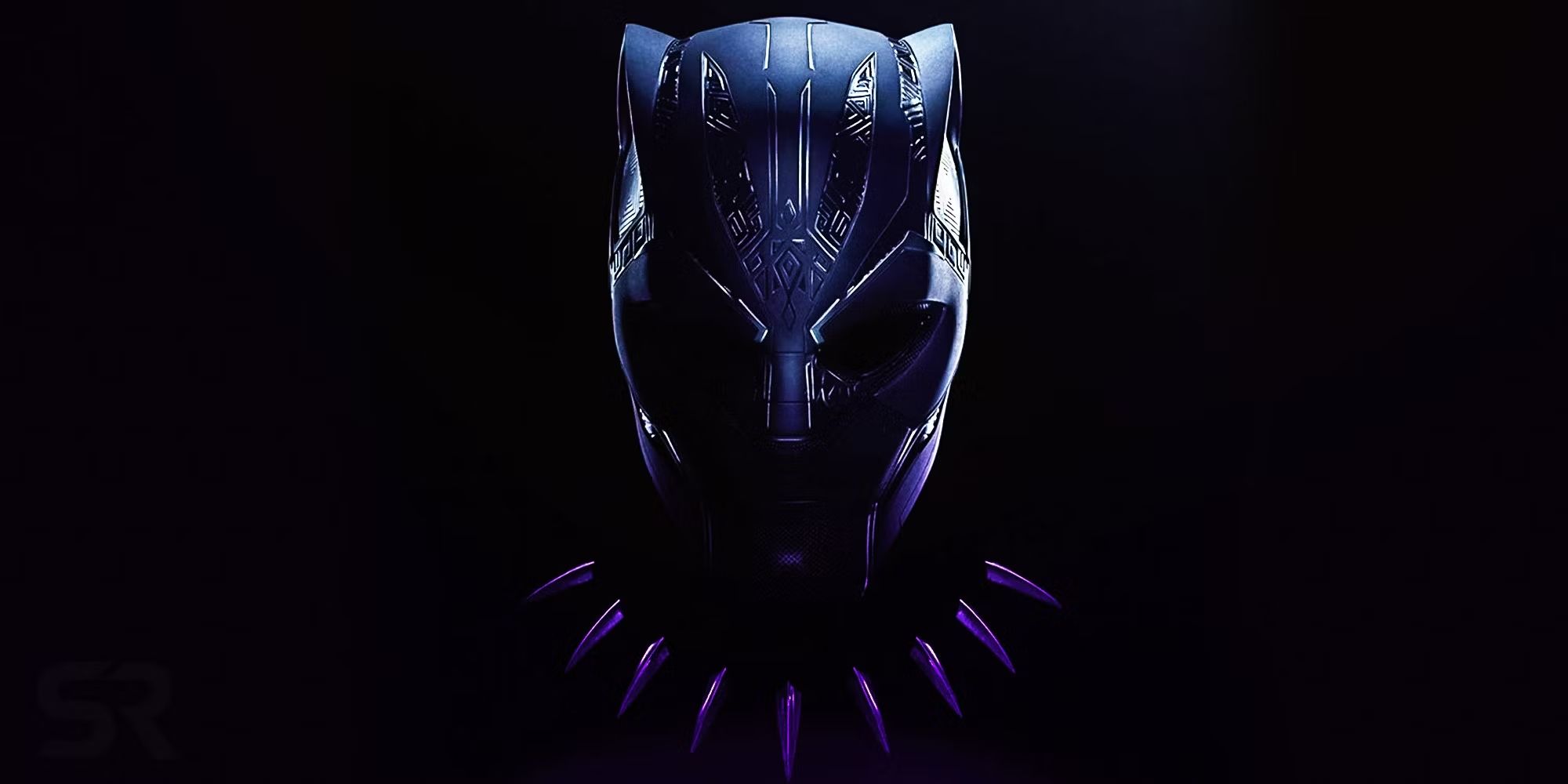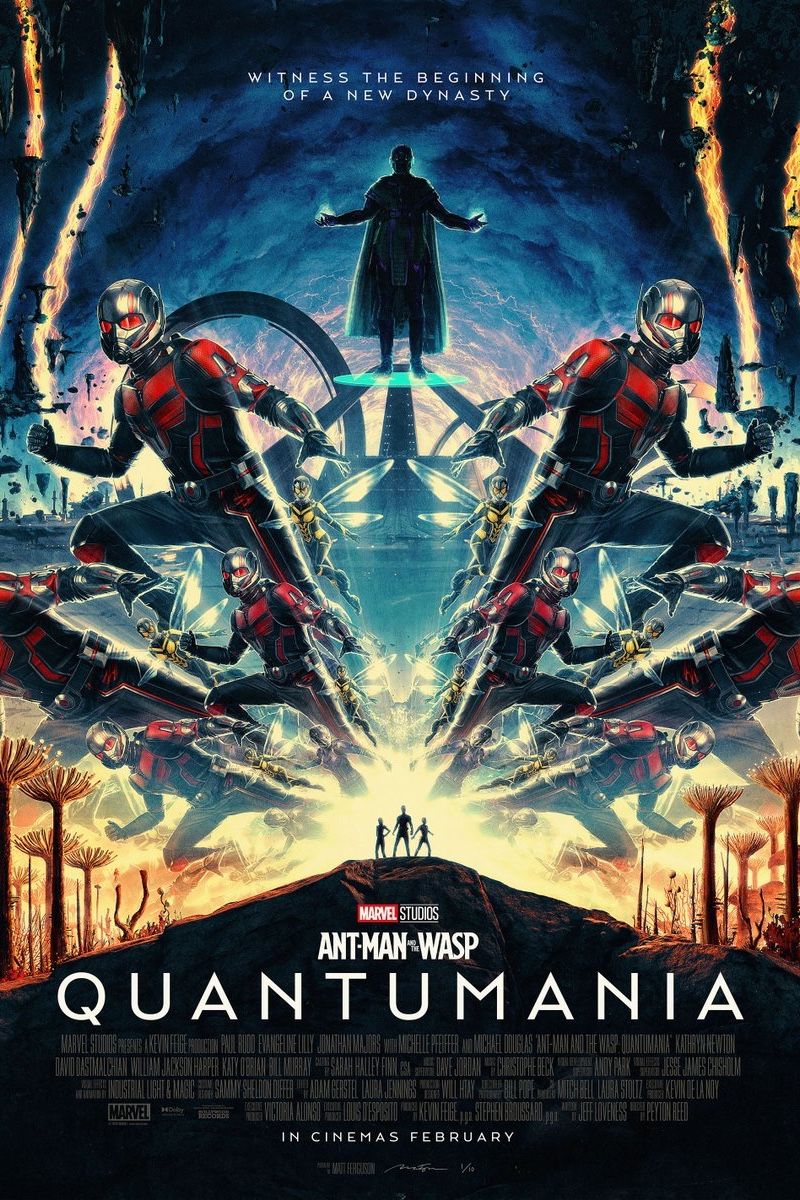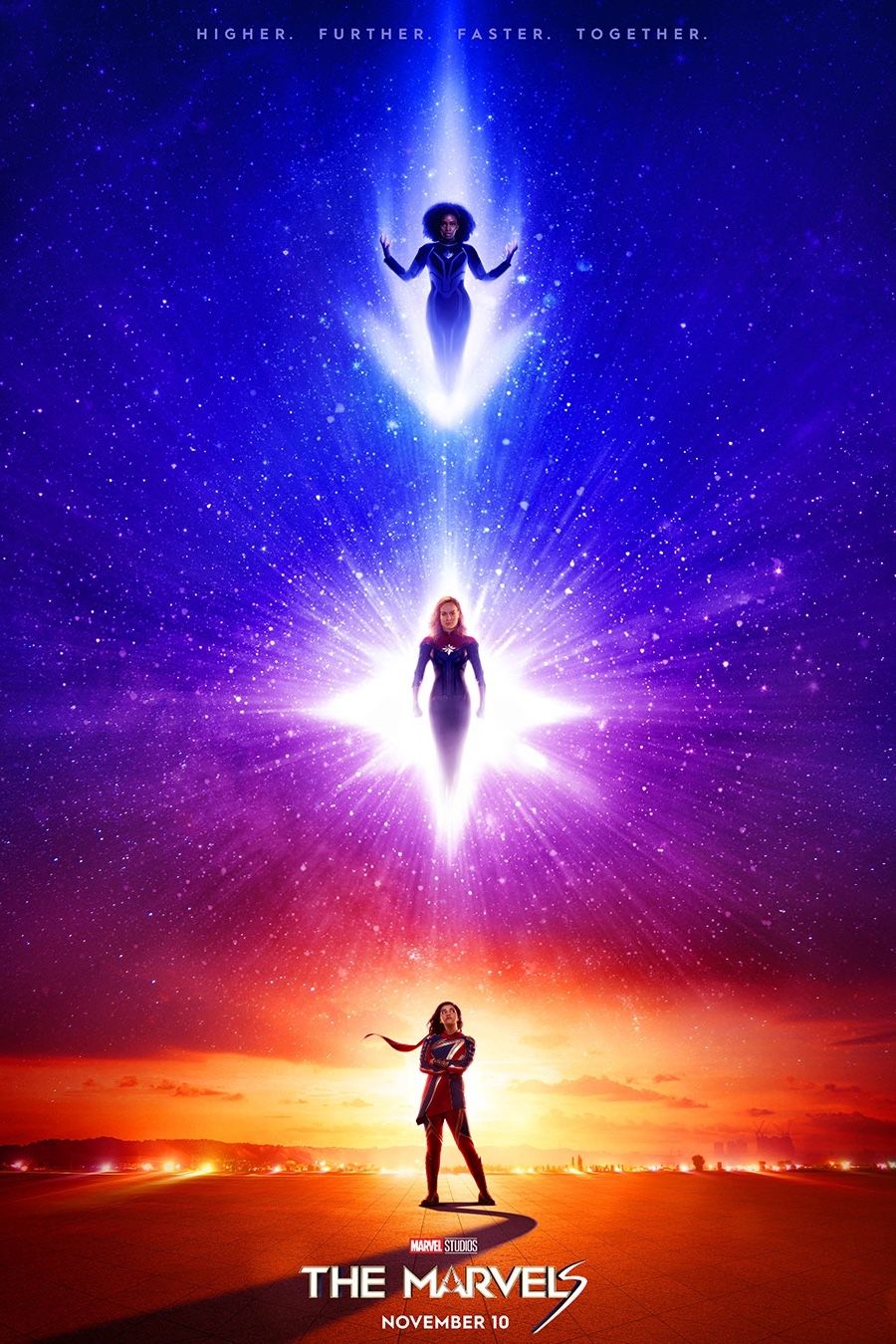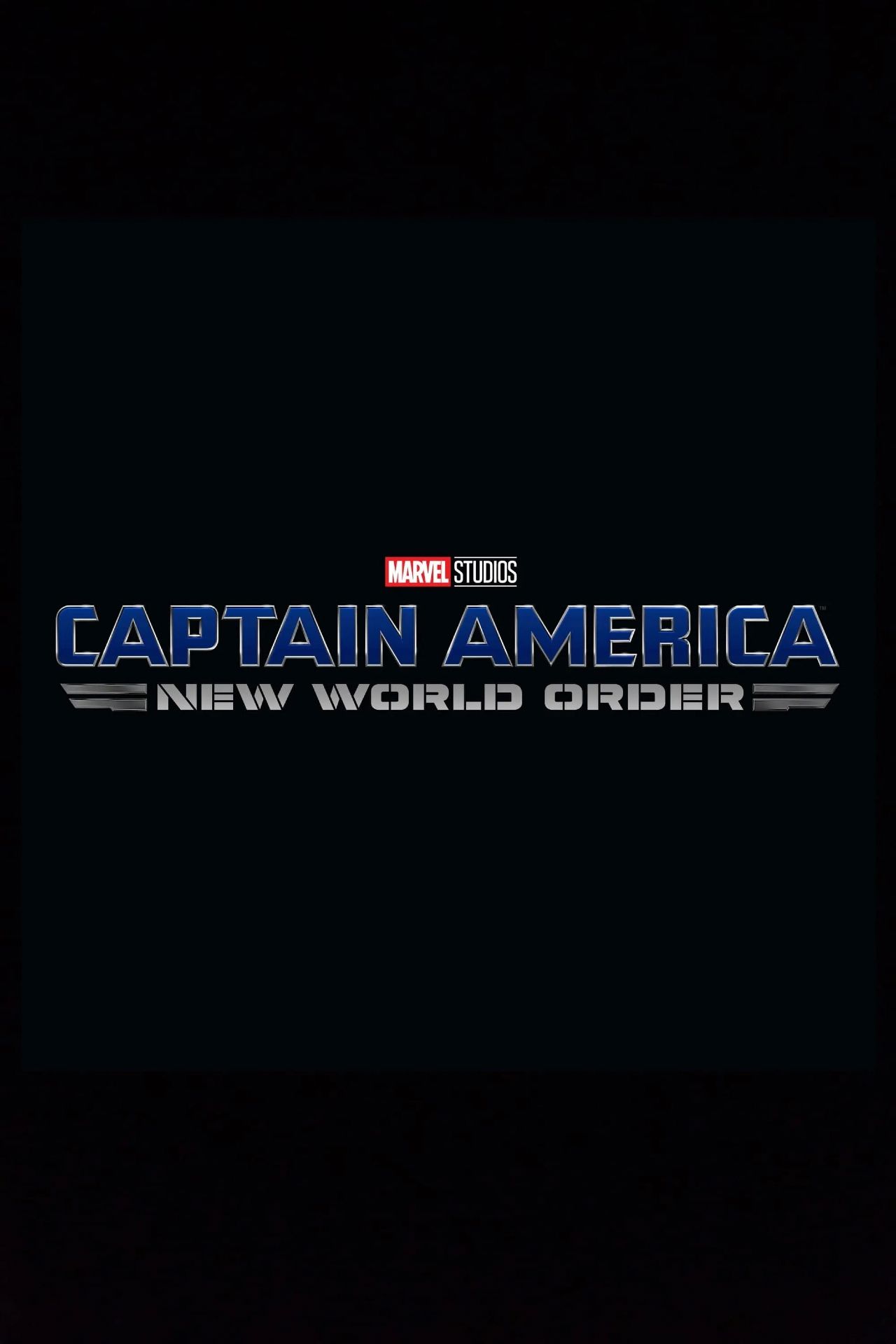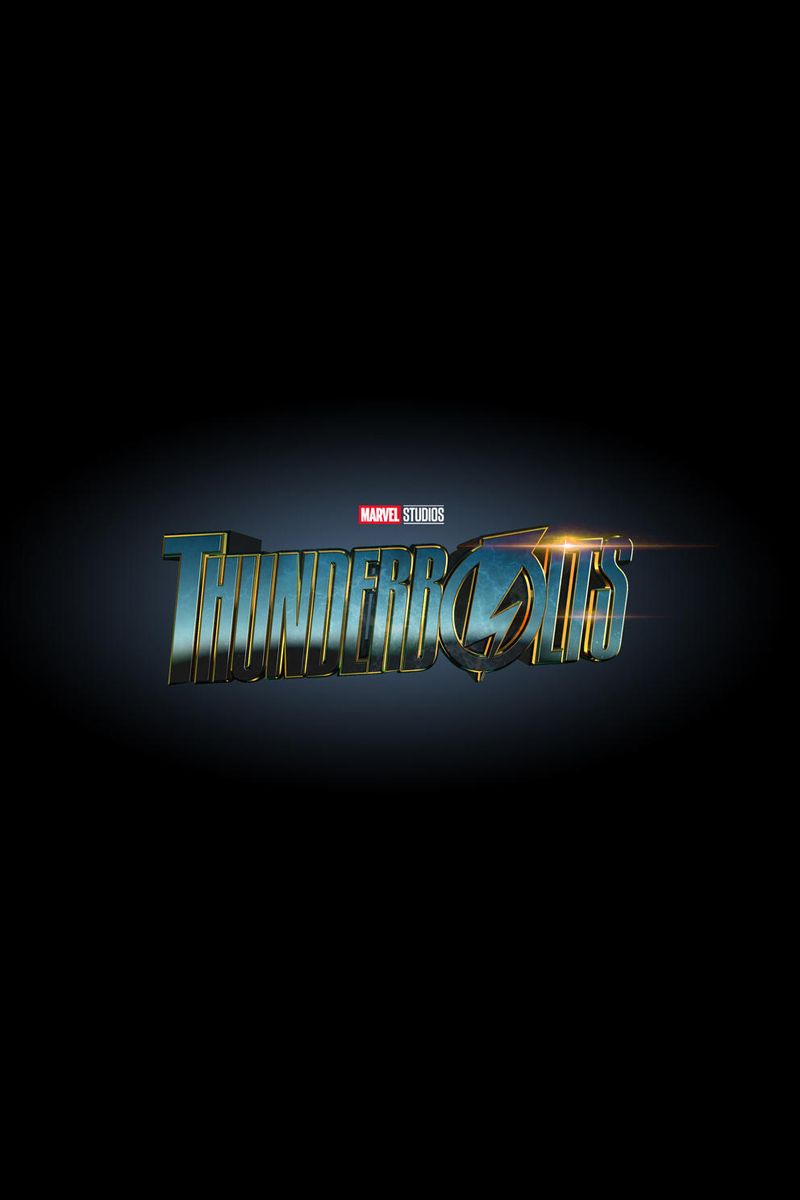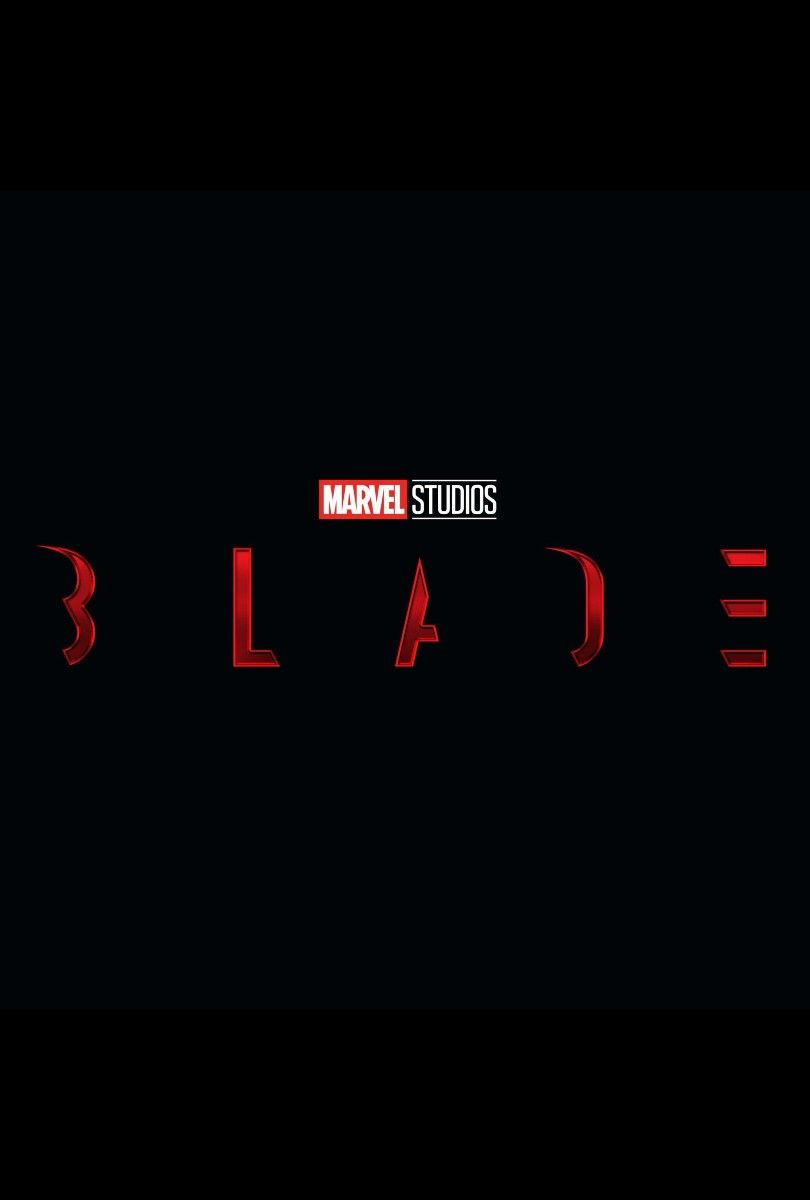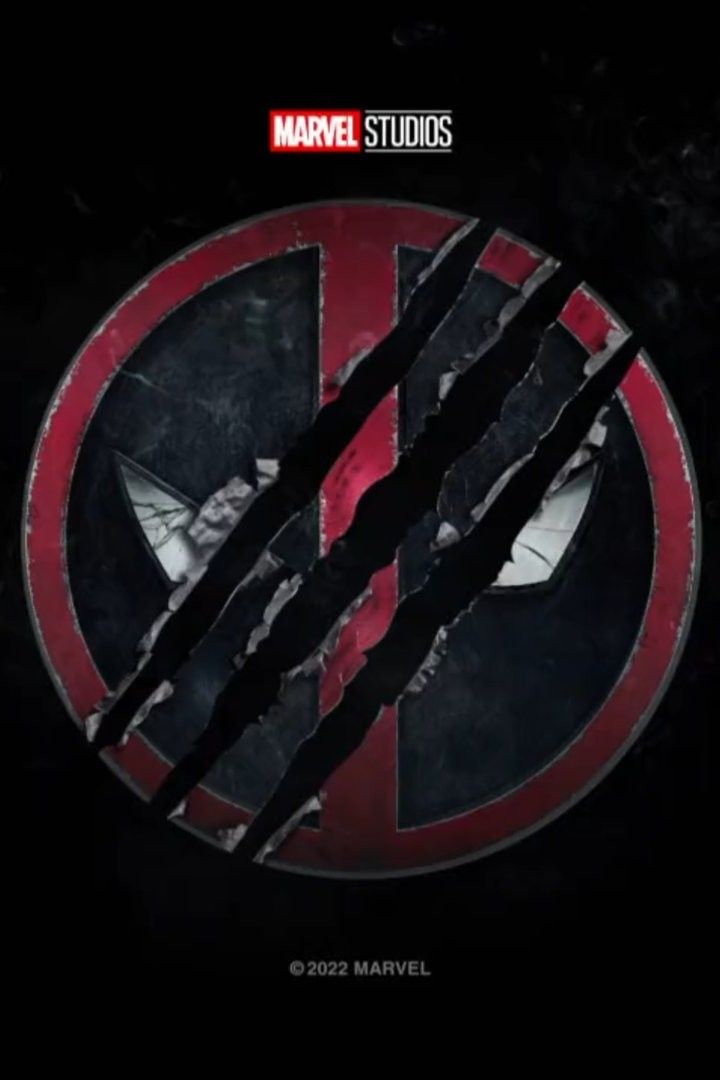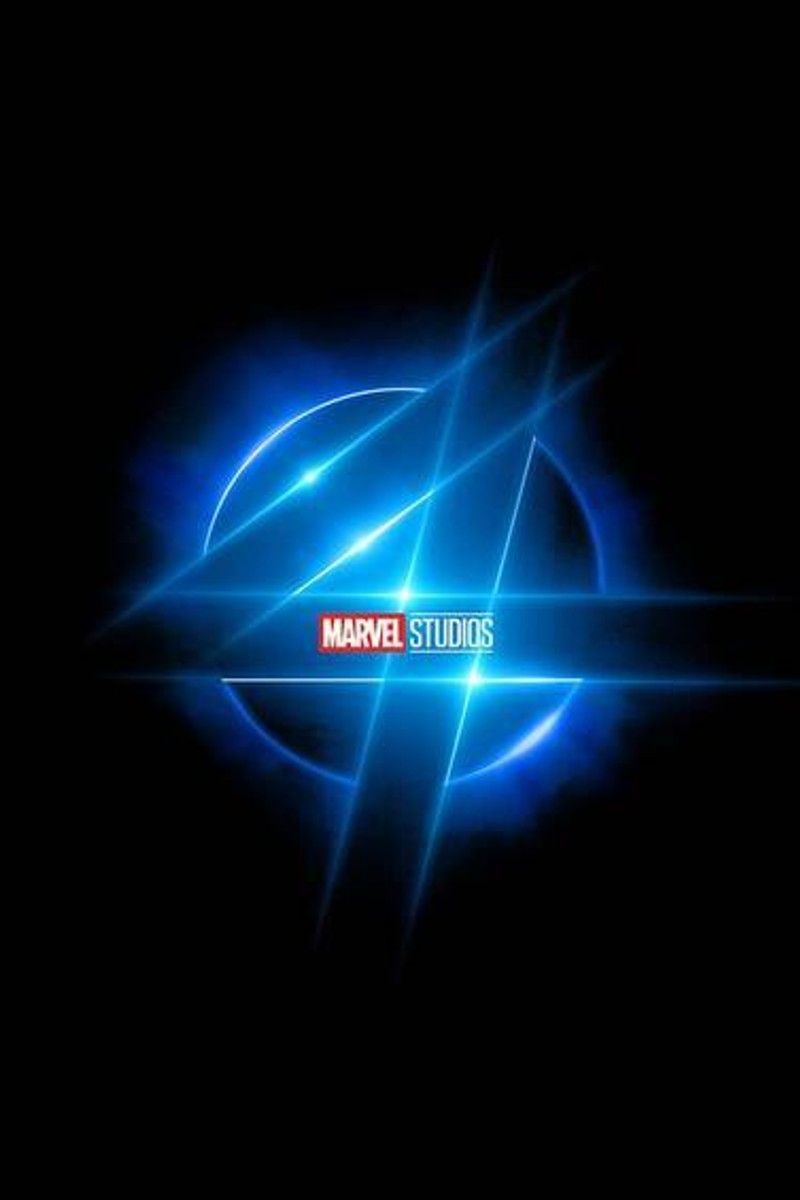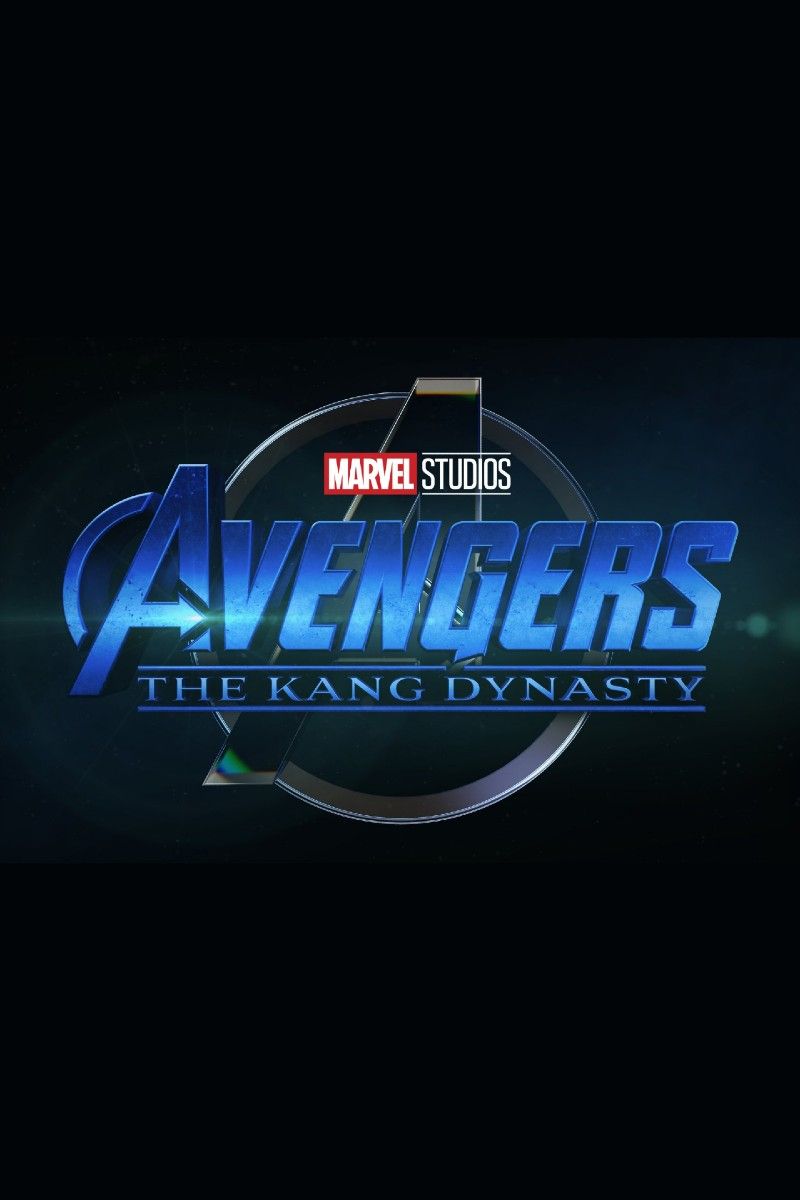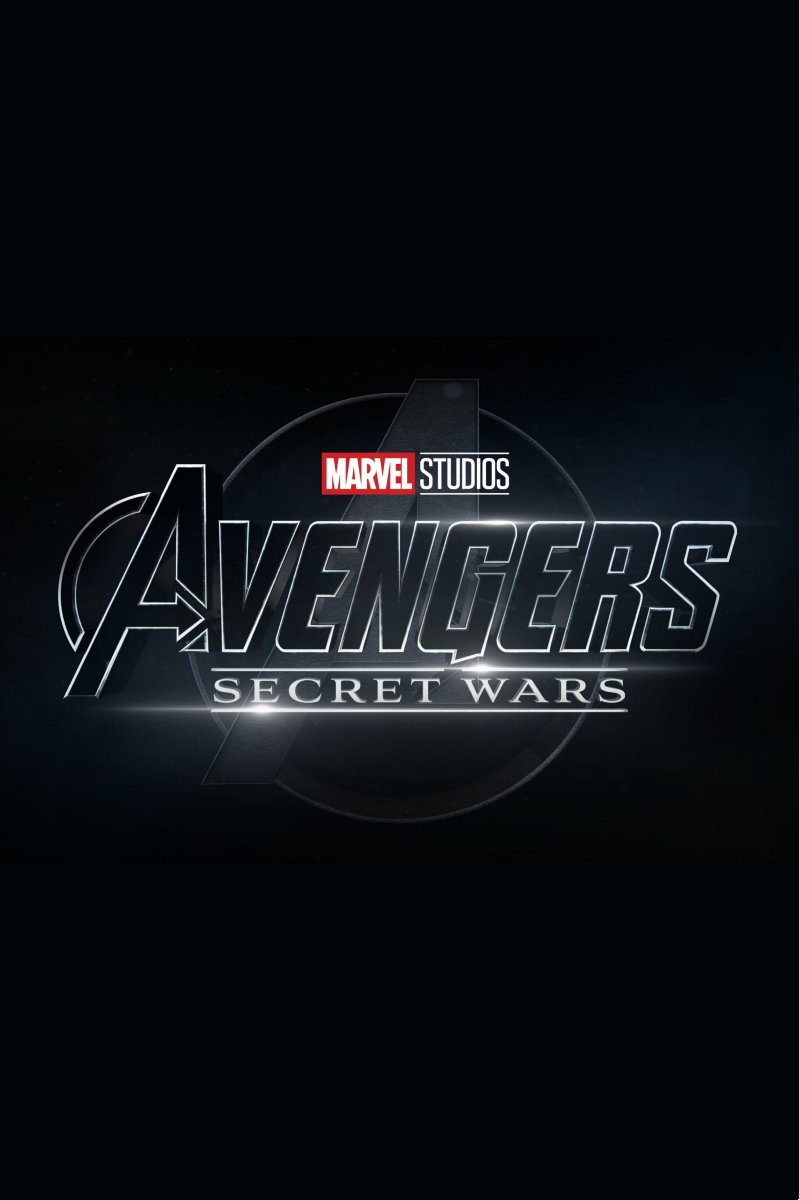Black Panther: Wakanda Forever follows Shuri, Ramonda, Okoye, Nakia, and the whole of Wakanda as they mourn the loss of King T'Challa. While in mourning, Wakanda will face a new threat from the mysterious but powerful Namor, leader of the underwater kingdom Talokan. Lost in her own grief, Shuri must protect another young scientist, MIT student Riri Williams, who is the target of Namor's wrath and steps up to take on the mantle of Black Panther.
Black Panther: Wakanda Forever wraps up Marvel's Phase Four with huge box office success, earning more than $733 million worldwide. Black Panther: Wakanda Forever broke a 2022 record by holding the number one box office spot for four consecutive weekends. Following the death of Chadwick Boseman Black Panther: Wakanda Forever became an emotional tribute to the actor, honoring the legacy he left behind.
Screen Rant spoke with Anedra Edwards about working as a VFX editor on Black Panther: Wakanda Forever. Edwards broke down the previs and post-production processes, explaining her involvement in every stage of production. Edwards also revealed Easter eggs about the Talokan's fight scene on the bridge and Shuri choosing her Black Panther helmet.
Anedra Edwards On Black Panther: Wakanda Forever
Screen Rant: Anedra, congratulations on Black Panther: Wakanda Forever. It is fantastic. Can you talk about the difference in the VFX battles versus the VFX world-building in Talokan
Anedra Edwards: You're probably referencing our third act battle with Wakandans versus Talokanil in the Atlantic Ocean and then also Shuri versus Namor in the desert, which were definitely fun scenes to work at. Some of our heaviest number of shots were in that scene. I tell people it's like an accordion in some of these big scenes. They start out fat, they get condensed, and they go back fat. They expand in the edit a lot. The scene was cut several different ways, so that was really fun. And the visual effects shot number would drift up and down a lot. But it was really cool in terms of doing those scenes because it had a lot of original plate photography.
And then you added the CG elements in there. We really are filming on a ship platform, though it may not be a whole ship, and it's some of the most exciting shots. You saw that some of them got used in the trailer as well, especially with our Dora Milaje jumping off part of the ship. It was really fun to work on that. You got a mixture of both original plate photography and CG in that. When it comes to Shuri and Namor, they're really fighting. There's a lot, and most of the time it's a practical Panther that's in there.
Shout out to our stunt team who did amazing, as well as the stunt doubles for Shuri and Namor. They were awesome. They gave us great things to work with in visual effects, and it made it really fun to work on those fight scenes. They even added new parts of the suit to make it cool but keep it nostalgic too. You've been able to see how the vibranium technology's infused in her suit. That's not new, but how she uses it is pretty cool.
During the course of a normal film the post-production comes in after, but pre-production starts with previs at Marvel. Can you walk me through that process from previs to post-production?
Anedra Edwards: I came down to Atlanta during June 2021 and stayed there for five months for filming principal photography. I'm considered a post-production role, but we are also there during filming and receiving the footage as it's being filmed. It's coming into our system, and we're working with it in our visual effects pipeline. It's really fun in terms of being down there. You can see how things are practically going to be filmed, and it gets you ready and geared for how you may need to maneuver the shots. Also, previsualization, we work with Digital Domain company for our visual effects previsualization [and] they did some final shots in the movie as well.
They had whole scenes they worked on too. And so working with them, previs usually comes to visual effects team. We're responsible for bringing that in, keeping continuity with that. We're cutting that into the movie as we're building scenes, and then we're also editing beats sometimes in the film. We collaborate a lot with our picture editors including Mike Shawver, Kelley Dixon, and Jennifer Lame. Those are the three we had on our film. And so they rely on visual effects editors to help fill in the gaps and some of the beats of those scenes while they're cutting the movie as well. We might have some intel or different knowledge just because we're around the visual effects houses a lot more. And so we're creating those scenes and making it easier for them in the edit when they get to those parts and those beats and especially the heavy 3D and fantasy heavy VFX scenes.
That's a big chunk of the schedule when that happens, when it's in filming and production. And then when it gets to post, that's when the real fun starts. For me, that was back in Los Angeles, and now you're really working with everything that we have. You're really crafting the story. You're getting in, you're whittling down everything. And for visual effects, we're making sure that matches in the edit. We're handing off pieces at times, handing off a baton. I'm responsible for making sure that that original plate photography gets to our visual effects artists with our various visual effects houses, and they're based all around the world, very global film in terms of how we all work together. So it's quite the machine in post-production.
Mike Shawver talked a lot about Ryan Coogler and the way he works with his team. Can you talk to me a little bit about the collaboration process working with Ryan?
Anedra Edwards: Ryan is an amazing director, such a great mind to be around, and he's very involved in our visual effects reviews. Everything coming through them is something that he has seen, put his eyes on, and stamped it to be in the movie. It's really great to have a director that's involved in that way. And he's really one to trust everyone to do their jobs, to trust your eye and trust what you're doing. He values what you bring, and it's great to work with a leader who's like that, who really sees that in the teams that are brought on. Visual effects was one that received all of that in terms of his feedback.
It was really great working with him, and he would pop in sometimes. He may look at something that I composited quickly just to say, "Okay, that looks good. That's helping to fill in the beats." I would do some compositing that was also used in our test screen as well. And so that helps Ryan to get a media audience reaction based off of some of the things we're adding for visual effects. And then he can make notes as well. So some of those fans who are lucky to come to our test screening, they would see my compositing as well. And then of course in the final movie you're seeing the finished shots from the visual effects artist.
I heard the original cut of the film was four and a half hours long. I'm assuming not all the VFX are in that cut, right?
Anedra Edwards: Actually, we did our best to fill it in, so you definitely got chunks in there. There were parts that we were still crafting, so you got a mixture of previs animation, some of the more untextured animation where it looks kind of gray, and 3D objects moving around while they're still creating the texture for Shuri's suit or what they're doing with Ironheart. You had that mixed in a little bit in terms of what you're seeing.
That four and a half hours got built out so that it looked like a complete seamless film, but it's still a version that looks like an assembly. We definitely worked our butts off to make sure the four and a half hour cut had as much in it as possible.
As a VFX artist, I'm sure that there are scenes you definitely get attached to. Were there any scenes you loved that ended up on the cutting room floor?
Anedra Edwards: Yeah. We got it down to under three hours, so there's definitely things that got cut that I liked. And I think there [are] opportunities in the Blu-ray of the movie to see those scenes, so I can't really talk about them. They might actually end up being a scene that you'll see once it gets to home video. We definitely have scenes that I was like, "Aw man. I rolled with that scene for so long, and then it ends up getting dropped." But for visual effects editors, it's just the name of the game that everything can't make it in.
If there's a Snyder version of a Justice League movie for four hours, I'm definitely down for a Coogler cut of Wakanda Forever. How did you craft the VFX for Riri's two suits, and how much does the suit inform the Ironheart series?
Anedra Edwards: Well, it was definitely cool to work with these initial versions of the suit. I can't always speak to Ironheart or what they're going to do because it's a different series. We kind of passed the torch a little bit to the Ironheart team, and I have friends and colleagues who are over there. But it was really fun to work and see her suit get developed. We played around with what it could look like, working with our visual effects houses where they were sending us versions and Ryan would come in and say what looks good with that or what looks good with this. There was definitely a lot of time spent on Ironheart's suit and what she would be.
And a really cool shot that I always liked is when you're in the Atlantic Ocean, and you're with the Wakandans versus the Talokanil. Riri first comes up, and it's a shot that kind of wraps around her. You get a nice look at what the suit is, and this is coming after you've just seen her in Shuri's lab working on it. It's just a really cool hero shot to see her in it and to see this Black woman in a technical space; in a science space, working in robotics and in this way. And it just gives it such a moment, so that's one of my favorite shots with that.
Can you talk to me about how important it is to do a film like Black Panther: Wakanda Forever, as a Black woman in post-production?
Anedra Edwards: As a Black woman in the visual effects space, especially where I'm still climbing ladders in a lot of ways, there's still very much room and opportunity for Black women, for people of color in general, but especially for Black women to fill those spaces and be seats at the table and not just at the end, in the center. There's a difference between being invited to the party and being asked to dance. And I feel that visual effects has so much opportunity [for] us [to be] asked to dance and being a visual effects editor on this project where I was a fan just in general and had the background in visual effects and superhero space and I also worked as an assistant editor in reality in my early days.
So I had that experience, that understanding of how to move around a cutting room. And then getting opportunities in visual effects as an editor and moving around the room in that way and seeing like, "Okay, I have value, I have notes, I have things I can provide to each film or each project that I get added to." And hopefully that's an inspiration to other Black women, other people of color, and maybe anyone just in general who's interested in visual effects editorial. Maybe they'll see that I can do it or that I'm doing it and that they could do it too.
What was the most challenging scene for you on Black Panther: Wakanda Forever, and what was the scene that you were most proud of crafting?
Anedra Edwards: The emotional scenes may not be the most VFX heavy, but they are tough. You try to make sure the visual effects match what's happening. Definitely Queen Ramonda's death, that's a scene that a lot of people don't think there [are] a lot of visual effects in there, but there are in terms of they're in a water tank, both Angela Bassett who did an amazing job, and anyone that worked in her stunt team, they did awesome. And she's really in water. She's down there as well, but you've got personnel around her and everything. So they get painted out in terms of you've got lifeguards. You've got all these people around essentially. And so a lot of people don't think about that as visual effects. We've kind of got to paint all those people out.
It's like invisible effects essentially because it's small, but the gravity of the scene and everything you felt, wanted to make sure everything matches the emotion. And so that scene prior, the Golden City flood, that's a huge scene. You're making sure that all the shots kind of match the gravity, and you feel the stakes in that scene. So it was really cool to get to work on those shots and where I played as a visual effects editor on them. I guess the one that really stuck with me is in Boston with Riri Williams. I did pre-production on this shot as well as worked on it through the whole film. And it's really one of those edits that I did was an accordion, it was heavy then it was shrunken, heavy and shrunken, and did a lot of pre-production with that. It's really filmed in Boston and in Cambridge. We were really at MIT.
It was really cool. And so I was actually in Atlanta and the team was in Boston. So a lot of that I did with aerials, and it was really fun to work with. We had our racing drones there. We worked with choppers, also working with one of our visual effects houses, Cinesite, who would take that material and help to really build the world where Riri is flying in. We have real people on the streets of Boston running around on motorcycles and in a Barracuda driving. So it was really cool to build this chase scene, which I think fans really enjoyed at least seeing a bit of that.
How much of previs changes in actual production, and then when it gets to your hands? Does it go through a lot of massive changes depending on the way it looks or the way it's shot?
Anedra Edwards: Previs gives a blueprint before they start filming, and then we will assemble that along with the picture editors, and we'll create basically these little snapshots in a sense, or these string outs for how they could film certain scenes. And so we might deliver that to camera department, to stunts team, or rigging [so] they can figure out how to do that. And then we have what's called techvis as well, which is basically the same animations and previsualization, but now there's technical information on there. And an example of that is when you see Warrior Falls, when you have our different tribes that are on the falls. They're actually filmed practically on a platform. And so that platform has to fit specific heights so that when we come in for visual effects, we can make that look like a real waterfall, can make it like they're really on certain steps.
And so we wanted to make sure that shot was implemented correctly. Because you've seen Warrior Falls in the first Black Panther. You've seen the grandeur of that shot, and it's really an iconic shot to see all the tribes in one place. So you want to make sure that looks the way that fans have seen it. And so our previs and our techvis plays heavy into that just before they go in film. And then I'm involved in the process for making sure that gets out the door, making sure that gets either cut together by myself or my lead VFX editor, Kevin Jolly or any one of our picture editors. We all work together, and it's quite the machine.
That's amazing. Can you talk about crafting the new Black Panther suit and the Midnight Angel suits?
Anedra Edwards: It was really fun to see that developed, especially to go through the different iterations of it. We had untextured renders of it initially where it's a lot of gray, so it's like a gray bodysuit. You're trying to get the body type. And these are visual effects artists who are sending these versions to us, and we're giving feedback, we're giving notes. Does it model the same as Shuri? Does it model the same in her and just her general body? 'Cause it can throw you off if the suit doesn't match what the person looks like body-wise. And so I had on set the effects team who sent us the assets for having done body scans of Letitia Wright, that does a full 360. So that way it looks that we have the look of her from all these different directions.
And so building the suit, it's pretty cool, especially for her. And one of the examples in the film is where you see Shuri choose her helmet, and a lot of people when they watch it, they don't realize she's walking past her brother and her father's helmet initially. And so walking past those helmets, and she chooses her destiny, chooses her own helmet, and you see the necklace as well that partners with it. So it's really cool to see the suit come into its own for her and for it to have the markings on it, that warrior and tribal markings that you've seen in other films, and now you see it on her in her suit is just awesome.
That's a cool little Easter egg that I had no idea. I would've never known that had I not talked to you about this. Speaking of Easter eggs, are there other Easter eggs that you're aware of that are hidden throughout the film at all?
Anedra Edwards: During Shuri's intro to Talokan, you'll see a lot of the hieroglyphics that have origin in Mesoamerican culture and in Mayan culture. You'll kind of see that if you really look into it. The game that they're playing, where they're using their hip to get the ball kind of into the hoop, when Shuri comes into the city, that's coming from real Mesoamerican culture. That game was foreshadowed a little bit earlier. When you actually see Attuma and Okoye fight in Boston on the bridge, he uses his hip to actually toss one of the water bombs towards Okoye. So it's kind of a nice cool little foreshadow. Well, why not just Namora throw the ball at it? She throws it at him, and he hits it with his hip. So it's kind of a nice little fun foreshadow.
Shuri moves differently than T'Challa as the Black Panther. When creating these high-intensity action sequences, how did you craft the movement for that character specifically?
Anedra Edwards: I think that's really definitely something that exists amongst our stunts team and Ryan's direction with them. That's not something that I would create per se, since it's definitely a creative movement that you want to exist in a real fight scenario. But from a visual effects standpoint, I receive that feedback and see it involved with the artist, there's also some of her tech is involved with that when you see her claws come out for Shuri.
When she slides down the side of the ship, the Royal Sea Leopard, you see her sliding down. We make sure we're creating the correct sparks that come off because her suit is vibranium, and she's also on a vibranium ship or vibranium influenced ship. So you kind of got that going on, where visual effects will play a part into that but then also seeing the Midnight Angels fight and the different dynamics of their suit. So we played a part where visual effects can be added into it, but also there were things that were practically done that are from a fight choreographer who can best serve that. And we're kind of implementing that as well.
This had some of the best underwater sequences I've seen in quite a while, and it separates itself from Avatar and Aquaman. Can you talk about crafting the underwater sequences?
Anedra Edwards: With Talokan, a lot of the underwater shots are wet for wet that we worked with. By wet for wet, I mean actors are really in the water swimming, and it's a merge of practical photography with building those underwater environments. Shout out to Weta, a company in New Zealand that we used. Weta was really responsible for a lot of that underwater in terms of the visual effects artists that worked on it. And so for me as a VFX editor, I might make select for or choose the shots that would have some of the practical photography, people swimming or around throughout Talokan and then pass that over to Weta to build the environment. And so we would communicate heavily a lot for what they needed and how they could make this feel like it's real.
That was the big thing that we would have a lot in the office was like if you saw Talokan, could you feel like this really exists in our ocean? And amazing work done by our production designer, Hannah Beachler. We would receive her information as well for how things should look, how colors should look underwater as well with some of the civilization that we're building up. She worked with us a lot and really creating this real world. And then I was part of pre-production for filming some of that.
Being down there and being on the water tanks and standing on the platform was actually really fun, yet quite shaky in terms of the tank that we had. And it's really cool and making sure that from visual effects [perspective] to make sure the lens matches as well for that. You should feel like you're swimming in this world really with Shuri. And so I think that's what may make us different as a film, try to bring this authenticity to an underwater civilization and an underwater civilization that is based off or inspired by these Mesoamerican traditions.
Speaking of that, how much independent research did you do on Mesoamerican culture and Mayan culture and infuse that with some of the stuff from Talokan?
Anedra Edwards: What's really cool is Marvel does a lot of research, They'll hire consultants; they'll hire people for the crews on the film, and we're given a Bible that has a lot of that information as you're working with the visual effects. You might be like, "Why does it look like this?" Or, "Why does it have this?"
A really cool part of the film that we worked with was the rebreathers that you see on the Talokanil, which is basically a mask around the mouth and nose. The only thing that is real on that is obviously the actor, but the border of the mask is real. It's covering their mouth, and the water inside is visual effects. We actually added that on top. A lot of people think, "Well, if they had water on their nose and their mouth, they can't breathe." But it's actually a visual effect that we added. We had maybe one shot practically that we used for reference which doesn't have water or the mask. It wasn't attached to their face at that point. But the border of it is attached most of the time in filming.
If you look at it, it does look like a jade material, and we know jade is used often in a lot of Mesoamerican artifacts and ceremonies. So you have part of that that's in the visual effects as well. So that was kind of cool.
I feel like you learn something new on every project, or you take something with you that you can apply later. What did you learn from Black Panther: Wakanda Forever?
Anedra Edwards: Black Panther: Wakanda Forever has been my longest production to date. For a film that has so much emotional gravity to it, I'm taking with me how visual effects enhances that, and how to work in a very lengthy production schedule and the development of that.
I think I was really privileged to have such a director who put so much of his all into the film. I'm really carrying that with me; the care that he inspired us to have within the project. He wanted us all to feel like our hands had touched it. You weren't just doing your job. You feel like you had touched this film in a way. And I can really, really appreciate that, and I take that level of care with me to my next projects and really enjoy the Marvel feature film process.
About Black Panther: Wakanda Forever
Queen Ramonda, Shuri, M'Baku, Okoye, and the Dora Milaje fight to protect their nation from intervening world powers in the wake of King T'Challa's death. As the Wakandans strive to embrace their next chapter, the heroes must band together with Nakia and Everett Ross to forge a new path for their beloved kingdom.
Check out our other Black Panther 2 interviews here:
- Ryan Coogler
- Danai Gurira
- Lupita Nyong'o
- Alex Livinalli & Mabel Cadena
- Ludwig Göransson
- Nate Moore
- Editor Mike Shawver

